Basically, the content of Cao in sinter is about 11%, which is second only to iron, and Cao is mostly introduced by adding lime, so lime is of great significance for the production of rotary kiln sinter.
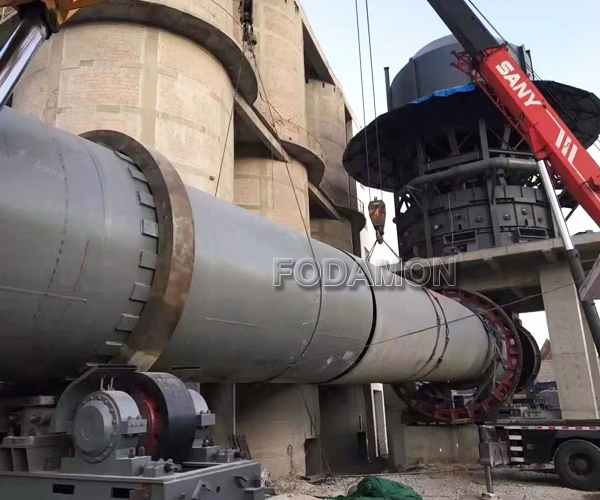
Adding Cao containing materials to sinter proportioning can reduce the amount of limestone in blast furnace proportioning. If the amount of Cao brought by high alkalinity sinter can meet the requirements of blast furnace slag alkalinity without adding limestone, it is the most ideal scheme. In the production of self fusible or high basicity sinter, the main liquid phase bonding at high temperature is the compound and eutectic of calcium ferrite system.
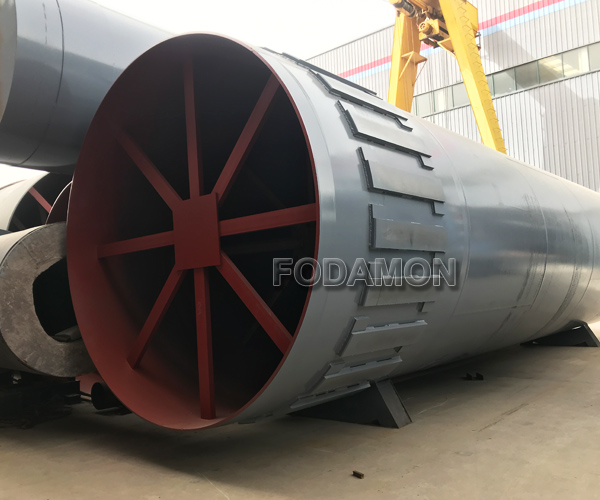
The introduction of Cao in sinter can be realized by adding lime or limestone, or by mixing the two materials in different proportions. When there is part of limestone in the added material, when the material passes through the sintering machine, the fuel in the sintering proportioning ignites and burns from top to bottom, so as to decompose the limestone into lime, and then sinter with iron ore.
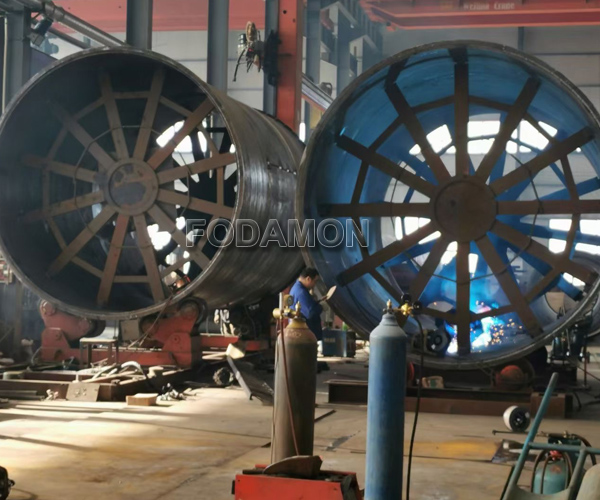
Lime instead of limestone is used for sintering because it can mix more evenly with iron ore powder after hydrolysis, reduce the humidity of ore powder and improve the air permeability of sinter; In addition, the heat released by lime hydrolysis can increase the batching temperature by 30 ~ 50 ℃, which can not only improve the quality of sinter, but also improve the production efficiency of sintering machine.
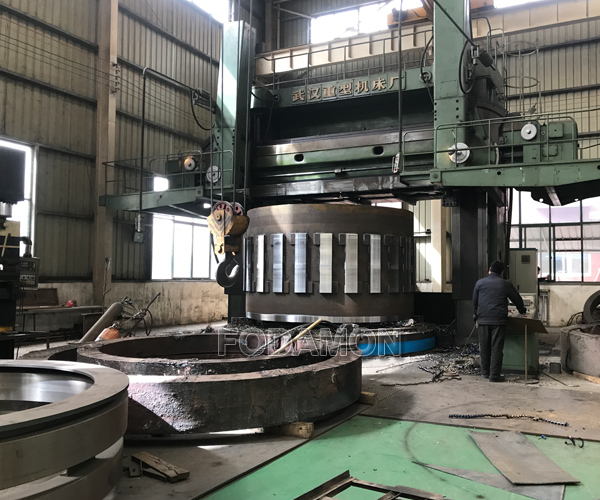
The application of high alkalinity sinter increases the consumption of limestone or lime for sintering. If all lime is used, the small particle limestone produced by the mine can not be reasonably utilized and the mineralization rate of mine resources is reduced. Therefore, in practice, limestone and lime are often used in a certain proportion.
In view of the role of lime in the sintering process, there are some specific requirements for the performance indexes of lime, so as to control all links in the lime production process and give full play to its maximum efficiency.
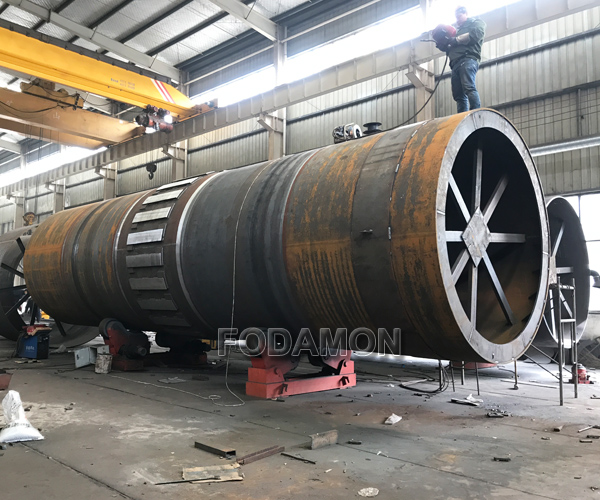
In terms of particle size requirements, generally, the upper limit of manufacturers is 3mm, and some manufacturers enlarge the upper limit to 5mm, and the lower limit is not limited. The fine particle size determines the mode of transportation. Closed tank cars and pneumatic conveying are often used, and belt conveyors and other conveying equipment are used as little as possible.
The requirements for chemical composition indicators are: ω (CaO)>88.5%~90.5%, ω (MgO) <0.68%, ω (SiO2) < 2.70%, residual ω (C02) < 3.0% ~ 5.0%. At present, the s content in lime is not further controlled in the sintering process, because it accounts for a low proportion of sinter, but generally, the lower the s content, the less the time of removing s in the subsequent ironmaking process, and the corresponding reduction of iron water temperature is conducive to the whole ironmaking process.
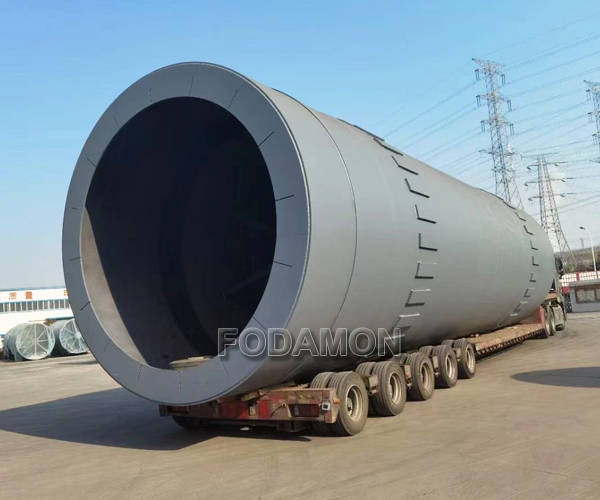
In terms of activity, it is tested according to the physical test method for metallurgical lime (Yb / t105-2005). According to the characteristics of iron ore raw materials used by each enterprise, the activity of lime is required to be greater than 280ml, and the higher one is required to be controlled above 320ml.
As a professional supplier of complete lime equipment, Fodamon is committed to the research and development of lime equipment and process. Your consultation is welcome.
